Concrete & Asphalt
Filter By:
Cutting & DrillingFilter By:
Cutting & DrillingNatCap always has what I need, the right spec. in stock with so many different products. From temp tape to lutes to No Parking signs and the certs to comply w the project requirements.
Excellent customer service and Bobbie is a great sales rep. Everything is smooth and seamless when dealing with him & Nat Cap.
Having a sales rep that is knowledgeable and ready to help me accomplish my companies goals is why I do business with National Capital.
The main ingredients of concrete are cement, water, aggregates, and admixtures. Cement is the binding material that holds the concrete together, while water is needed to hydrate the cement and allow the concrete to be poured and shaped before hardening. Aggregates such as sand, gravel, and crushed stone are added to provide strength and durability. Admixtures such as air-entraining agents and water-reducing agents can be added to improve the properties of the concrete as well.
How to Use Concrete:
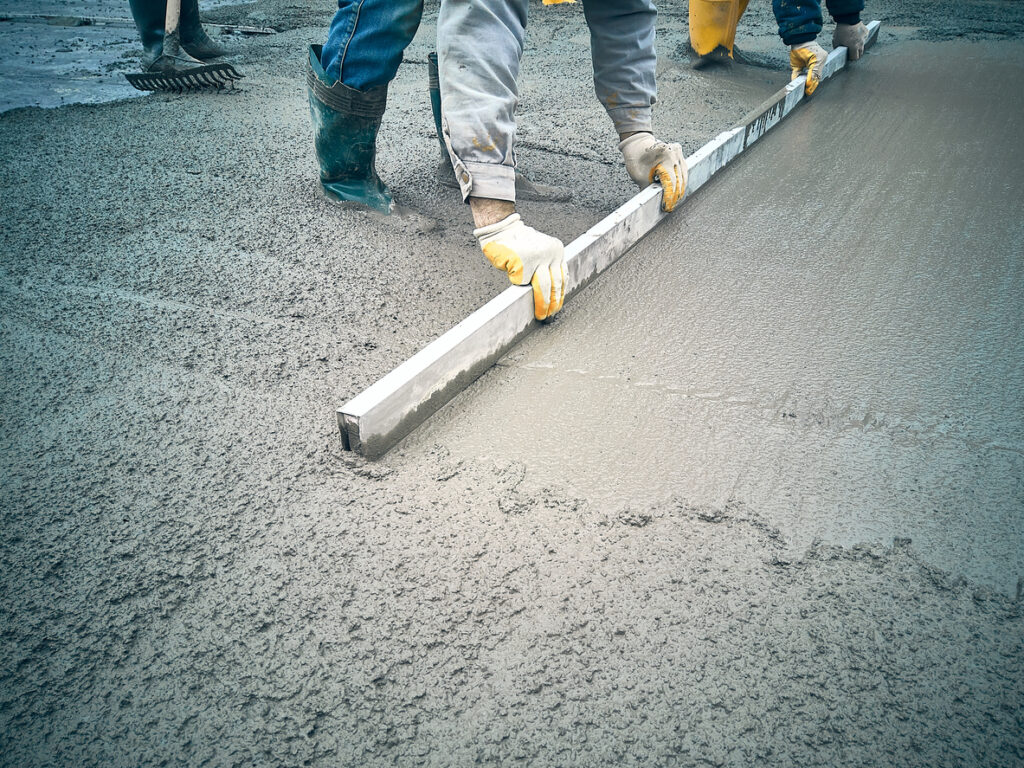
Asphalt is a mixture of aggregates (crushed stone, gravel, or sand) and a binder, usually bitumen, which is a black, sticky, viscous material derived from crude oil. The aggregates provide the structural strength and durability to the asphalt, while the bitumen binds the materials together and provides flexibility, water resistance, and adhesion. Other additives such as polymers, antioxidants, and fibers may also be included in the mix to improve the performance of the asphalt.
How to Lay Asphalt:
Laying asphalt involves several steps, including preparing the subgrade, laying the base layer, and placing the asphalt mix. The subgrade must be properly graded and compacted to provide a stable foundation for the asphalt.
The base layer typically consists of a layer of gravel or crushed stone that is compacted to create a stable surface. The asphalt mix is then placed on top of the base layer and compacted to create a smooth, even surface.
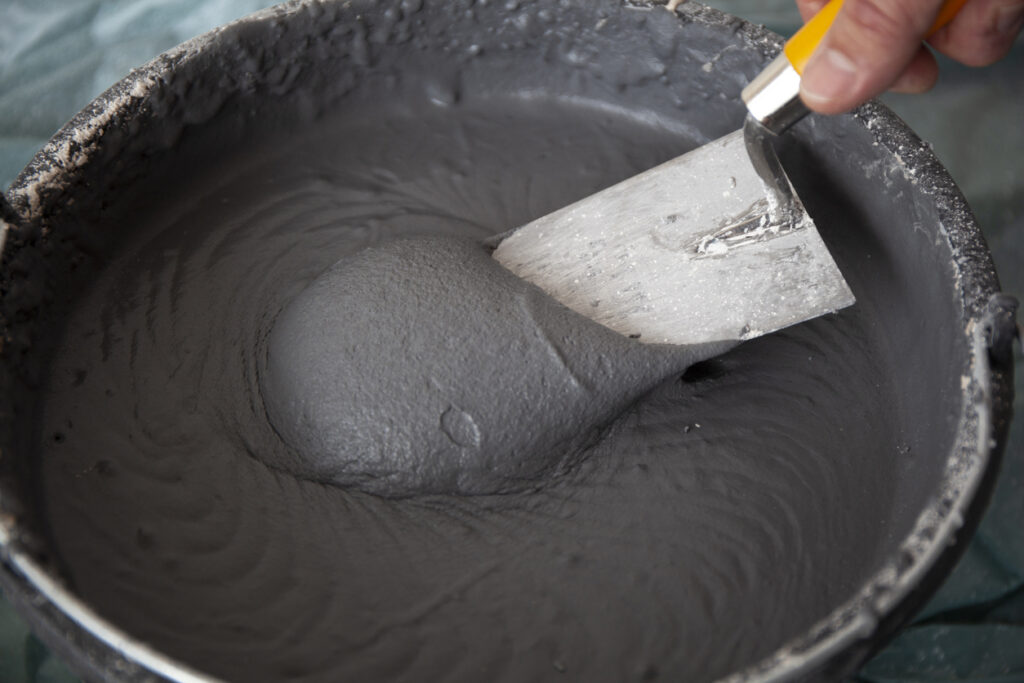
Parking Lot

Driveway
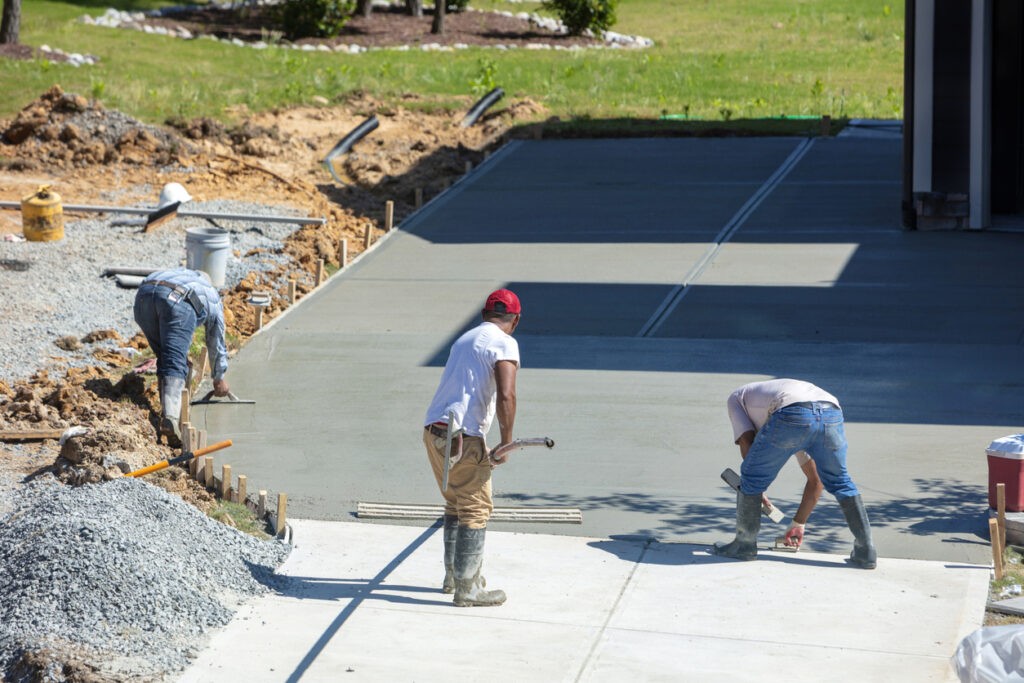
Bridges

Walls & Structures

Roads & Highways

Concrete has many advantages as a construction material, including its strength, durability, and versatility. It can be used for a variety of construction projects, from small residential homes to large-scale infrastructure projects. Concrete is also fire-resistant and requires little maintenance, making it a cost-effective option in the long run. But, road work and parking lots are some of the most common applications for concrete and asphalt construction.
Proper mixing, pouring, and curing of concrete are crucial to ensuring that the final concrete or asphalt product is strong and durable. The concrete must be mixed thoroughly to ensure that all ingredients are evenly distributed and poured correctly to ensure a level surface. After the concrete is placed and finished, it needs to be properly cured to achieve maximum strength and durability.
Concrete curing is the process of allowing concrete to dry and harden properly. This typically involves keeping the concrete moist and at a consistent temperature for a period of time after it has been poured, usually with a concrete curing compound. One method of curing is the use of a slurry concrete. A slurry is a mixture of cement and water that is applied to the surface of the wet concrete after it has been poured. This can help to prevent the concrete from drying out too quickly and can improve its overall strength and durability. If concrete loses moisture too fast while curing, it could crack.
A general rule of thumb is that every inch of concrete, expect it to take 28 days to fully cure. Concrete can be walked on after 24-48 hours but asphalt and concrete both should avoid vehicle traffic for 7 days after being poured.
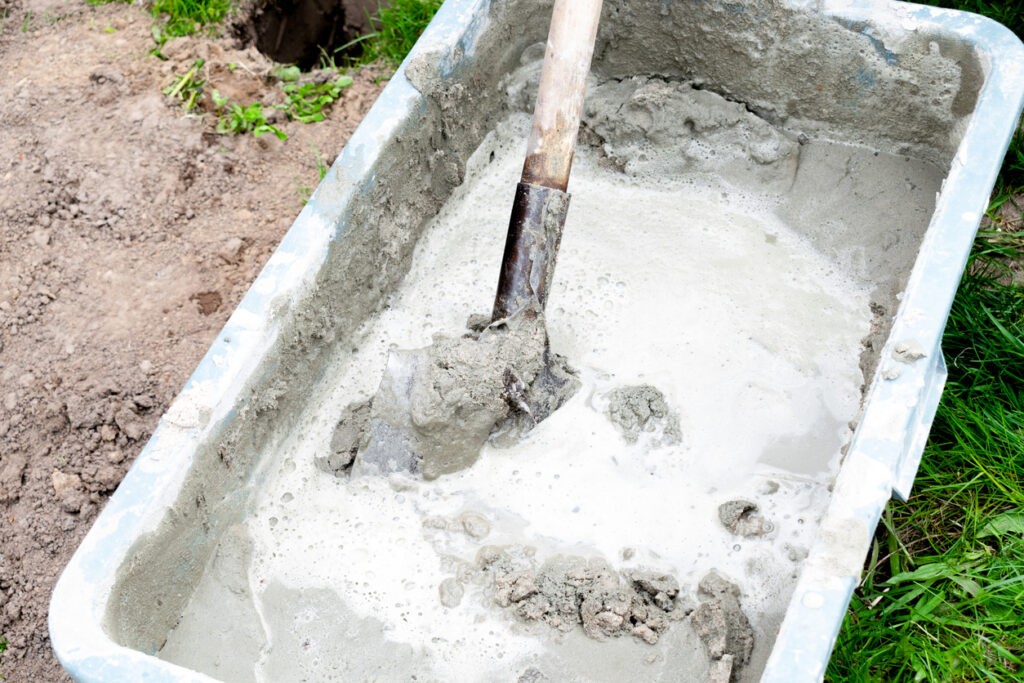
Concrete construction requires a variety of equipment for different stages of the process. Some of the main types of equipment used for each stage are:
Batching and Mixing: Concrete mixers are commonly used for this purpose. They can be stationary or mobile like concrete mixer trucks, with the latter being ideal for construction sites where concrete needs to be mixed on the spot.
Placing and Finishing: Concrete pumps are used to transport the concrete from the mixer to the construction site, especially in high-rise building construction where the concrete needs to be pumped up to the higher floors. Screeds and trowels are used for smoothing and leveling the surface of the concrete.
Curing and Protection: After the concrete is placed and finished, it needs to be properly cured to achieve maximum strength and durability. Curing blankets are used to protect the concrete from extreme temperatures and maintain moisture during the curing process. Sealers are also used to protect the concrete from moisture and other environmental factors.
Concrete Cutting: Cutting wheels, blades, and core bits are crucial for cutting concrete. Use a standard circular saw, equipped with a corundum or diamond blade for smaller concrete cutting tasks. Core bits are used for core drilling for larger projects where brick or concrete already exist, like building high rises or installing plumbing.
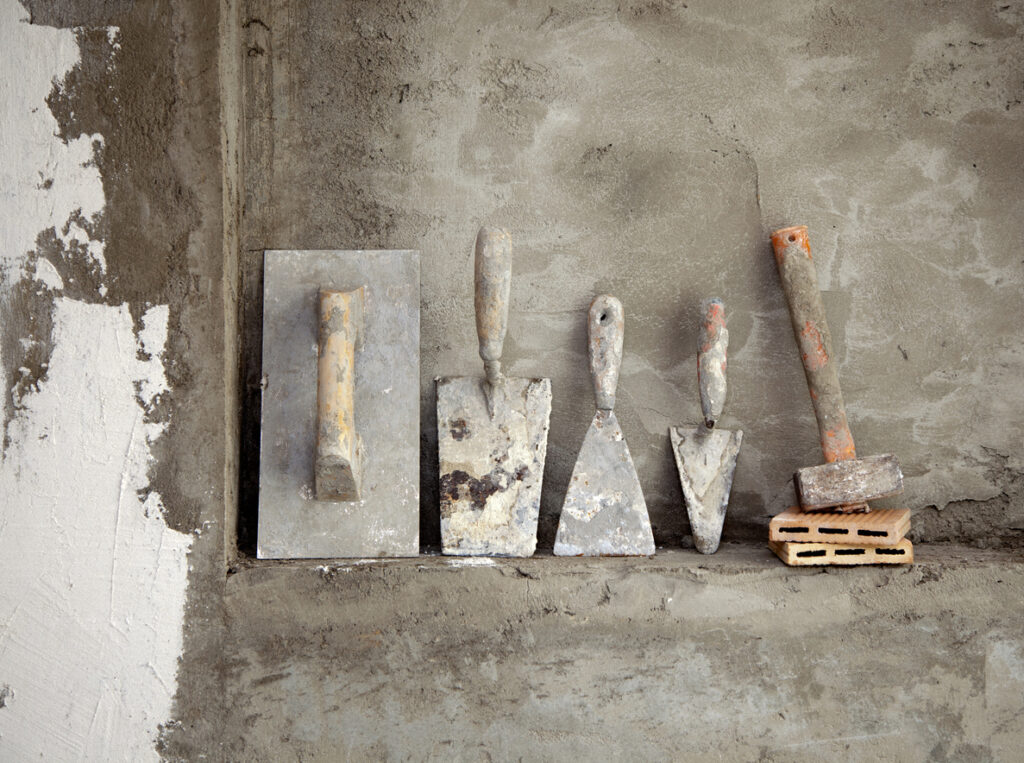

If properly cared for, concrete buildings should last up to 100 years. But, concrete projects that expect heavy wear and tear either from weather, vehicles or even foot traffic are expected to last about 50 years. Asphalt roads are expected to last 18 years and should be repaved about every 20 years.
Chloride chemicals for de-icing can cause cracking and other damage by breaking the bonds between the asphalt or concrete mixture. Calcium Chloride is less damaging than magnesium chloride or other chemicals, however can still cause corrosion. Best practice is sparingly de-ice if possible or protect your concrete & asphalt by properly curing or using a coating like urethane.
So, how long before you can drive or walk on concrete & asphalt after it’s been poured? Concrete will be fully cured in 28 days but can be walked on after 48 hours and driven on after 7 days. Since asphalt contains tar, it takes longer to harden. Asphalt can be driven on after 7 days but is not full strength until 3 to 6 months after being poured and cured. Temperature, weather, exposure to traffic and many other things can affect this timing.
NatCap is a construction safety equipment supplier in the Washington D.C, Virginia, Delaware, and Maryland areas. Our team can help you find all the asphalt and concrete equipment, products and tools you need to complete any job. We also offer concrete equipment rentals for your projects. If you’re a concrete contractor, contact us today for all of our resources.
